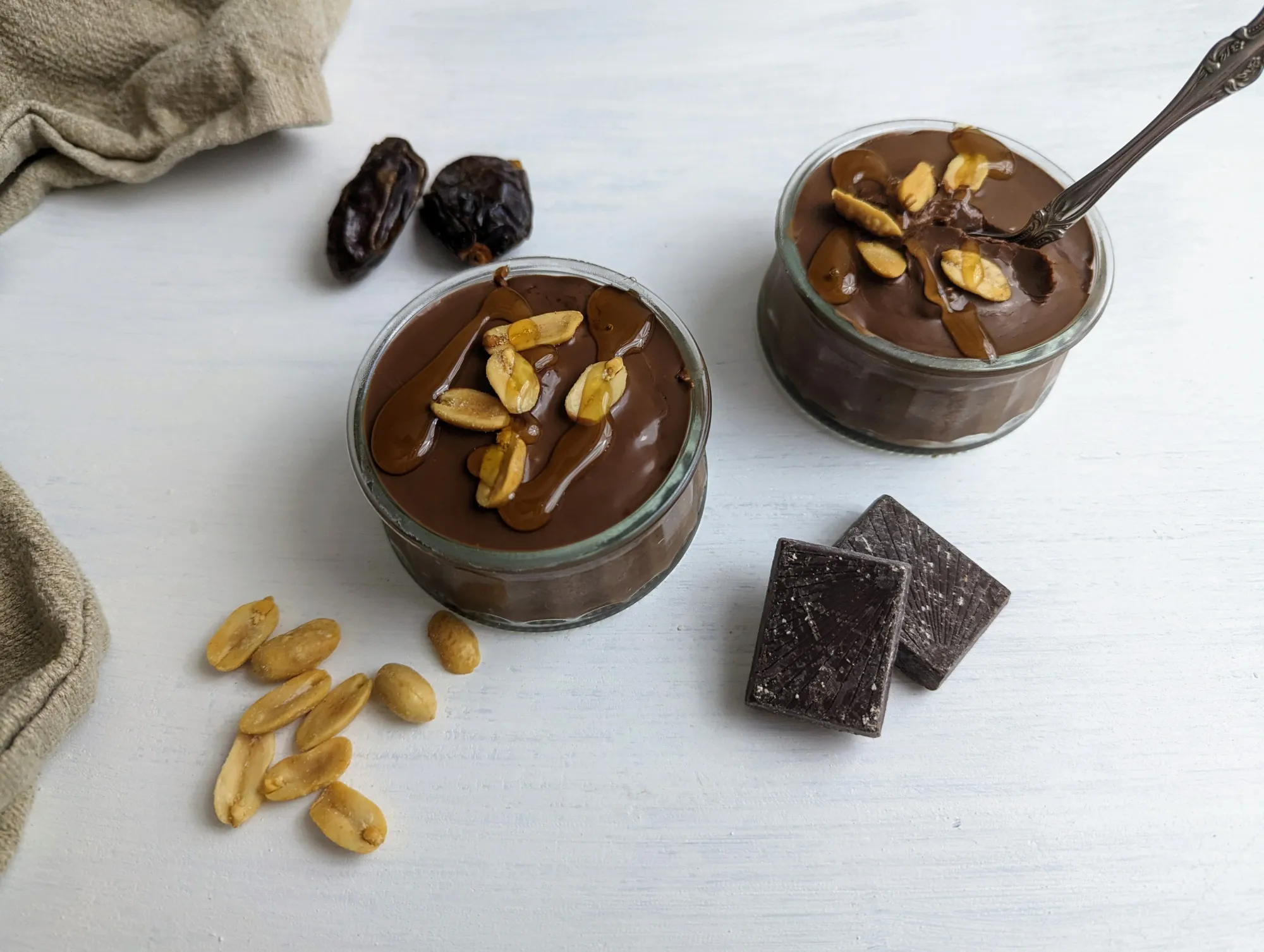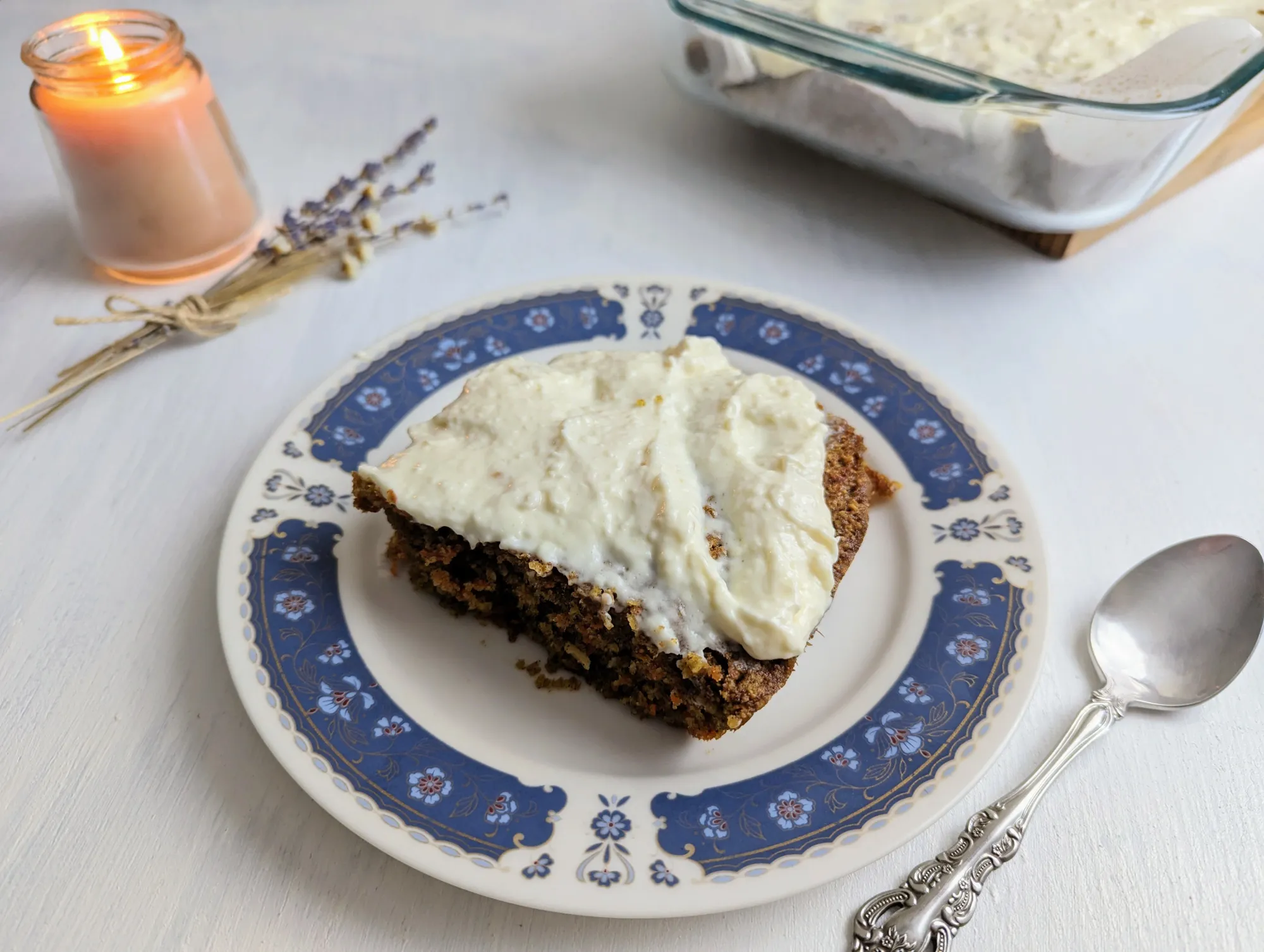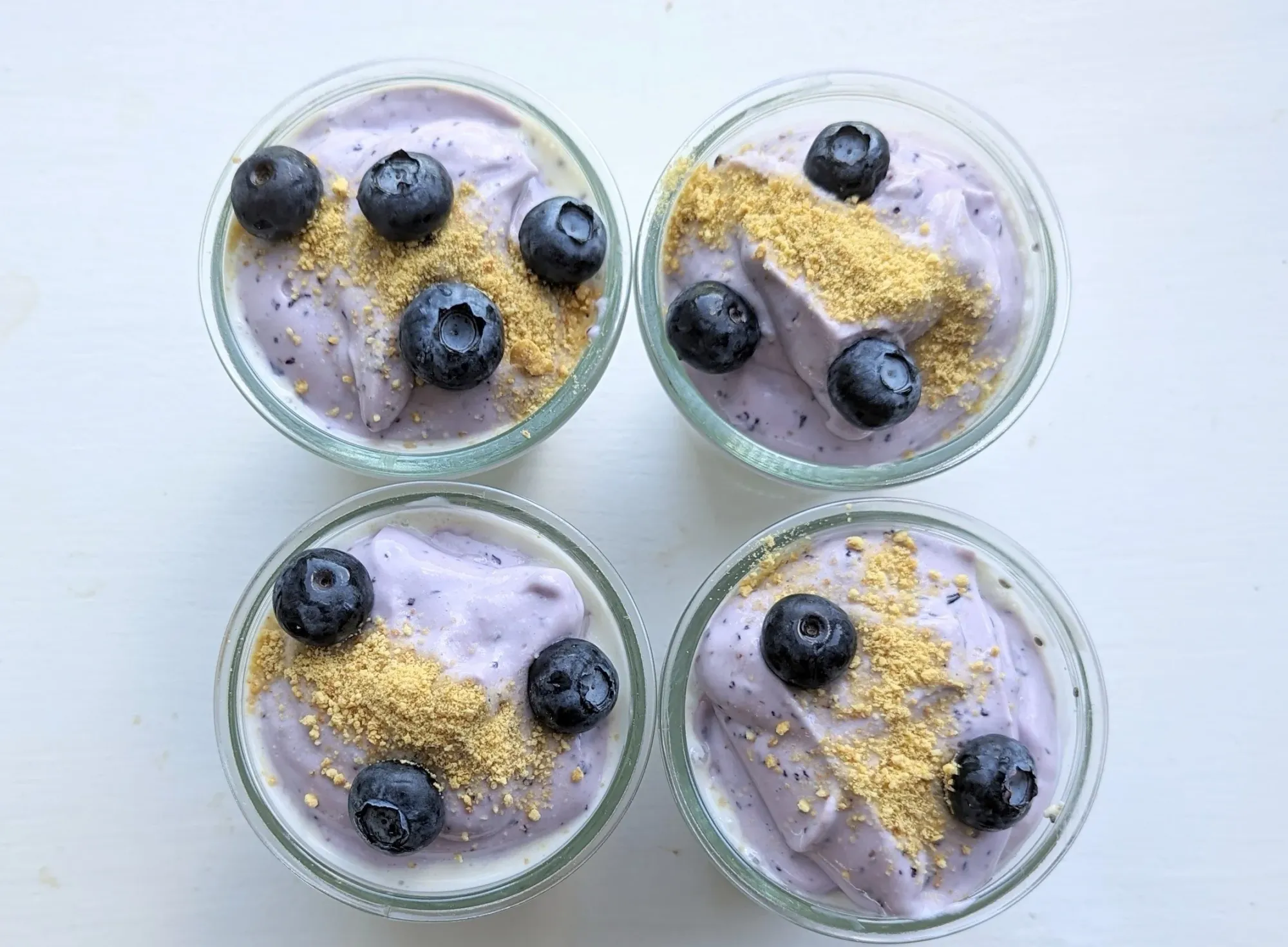The Power of High Fiber Foods: A Guide to Boosting Digestion and Health
So if you haven't noticed from my blog name, logo, website, and recipes, fiber is front and center in my concept of healthy eating. There are a few reasons for that.

So if you haven't noticed from my blog name, logo, website, and recipes, fiber is front and center in my concept of healthy eating. There are a few reasons for that.

Less than 10% of Americans meet their daily fiber needs
That's right, only 5% of men and 9% of women in the US are meeting their daily fiber needs (in fact, the average dietary share of low-fiber, ultra-processed foods in the US is 69%), so I saw a huge need for easy ways to incorporate more fiber into easy (affordable) recipes in the food blogging space. Personally, I only have a few go-to websites where I know I can find recipes that will always have fruit and vegetables (shout out EatingWell and Abbey's Kitchen), so I think the space could use more creators who are incorporating recipes that help spread the high-fiber hype!
I grew up eating mostly home-cooked meals, but I still easily fell into the bucket of people not eating enough fiber. Until the last few years, I barely understood how to incorporate vegetables into my cooking in a delicious way. More on that in the next point!

Fiber feeds your gut microbiome, which can affect your weight, mood, mental health, digestion, energy, sleep, skin, bone, joints, and more
While research into the gut microbiome is pretty recent (only gaining traction in the last 10 years or so), it is incredibly promising. A healthy microbiome has the potential to treat a slew of mental health conditions, weight-management issues, sleep disorders, skin conditions, bone and joint health, and digestive issues. And what's the best way to diversify your gut microbiome? Fiber.
As I mentioned above, I grew up barely knowing how to cook a vegetable, but after 4 rounds of antibiotics in less than a year I realized I needed to diversify my gut microbiome. It was in a dire state, and everything I ate made me feel so bloated and uncomfortable, so every time I went to the grocery store I picked up a vegetable I'd never cooked and decided to figure it out. I cooked multiple new recipes every single week and eventually started creating my own (you have to get really creative to stop a fridge full of produce from going bad!)

Fiber keeps you full (and regular)
I'd hazard a guess that this is one of the more well-known facts about fiber, but a high-fiber diet is the best way to stay full and regular! I won't go into the regularity one too much (the article above covers it better than I could, and also I'm squeamish), but there are a few really interesting reasons for the fullness part of the equation.
Fiber, protein, and fat are the biggest determiners of how filling your food is, and each one achieves this differently! High-fiber foods are much slower to digest, meaning they keep your stomach distended for a longer period of time. Since fiber can't be digested for calories, high-fiber foods also tend to be less calorically dense, meaning you can distend your stomach further for a similar calorie–count to a lower-fiber food (meaning you feel fuller).

Fiber can control your blood sugar and cholesterol
This is a powerful one for prediabetics, those at risk of diabetes and heart disease for any reason (like me), and honestly, most people who are going to age in the United States. You can't get around town here without hearing how our healthcare system is strained under the weight of heart disease and type 2 diabetes, and as a society, our rates are extraordinarily high for both. Managing blood sugar and cholesterol is a priority for so many people in the united states, and simply switching to a high-fiber diet can be a powerful tool in controlling both!
How does it work? Well according to the above article, fiber helps control cholesterol by lowering low-density lipoprotein, or "bad," cholesterol levels. As for blood sugar, fiber can slow the absorption of sugars into your bloodstream, meaning you get a more steady blood sugar level instead of seeing a huge spike!

Fiber reduces your risk of heart disease, type 2 diabetes, and some cancers
So it's fair to say we've already covered heart disease and type 2 diabetes fairly well - controlling bad cholesterol levels and blood sugar is a very effective way to reduce the risk of both. But what about reducing cancer risks?
Well, according to the Australian Cancer Council, fiber reduces cancer in a number of ways!
- The aforementioned regularity is a two-fold win, fiber binds carcinogens and helps expel them from your body!
- The also aforementioned microbiome diversity is working double time too, as those good bacteria use fiber to make short-chain fatty acids that help stop carcinogenesis
- Fiber's awesome weight-management properties also help us keep cancer risk down
- Fiber's ability to slow carbohydrate absorption not only helps with preventing type-2 diabetes, but many cancers!
The takeaway? Eat fiber to live a longer, happier and healthier life!
Check Out Some High Fiber Recipes
About the Author
Hi! I'm Alexandra, and I've been cooking and baking for about 12 years. My passion is making cheap, convenient, nutrient-dense food that still tastes amazing, and helping to perpetuate healthy eating habits without perpetuating diet culture. I want you to find recipes that make your body and your heart happy, without putting any food off limits, or making you feel guilty for loving delicious things.

By Alexandra Massengale



